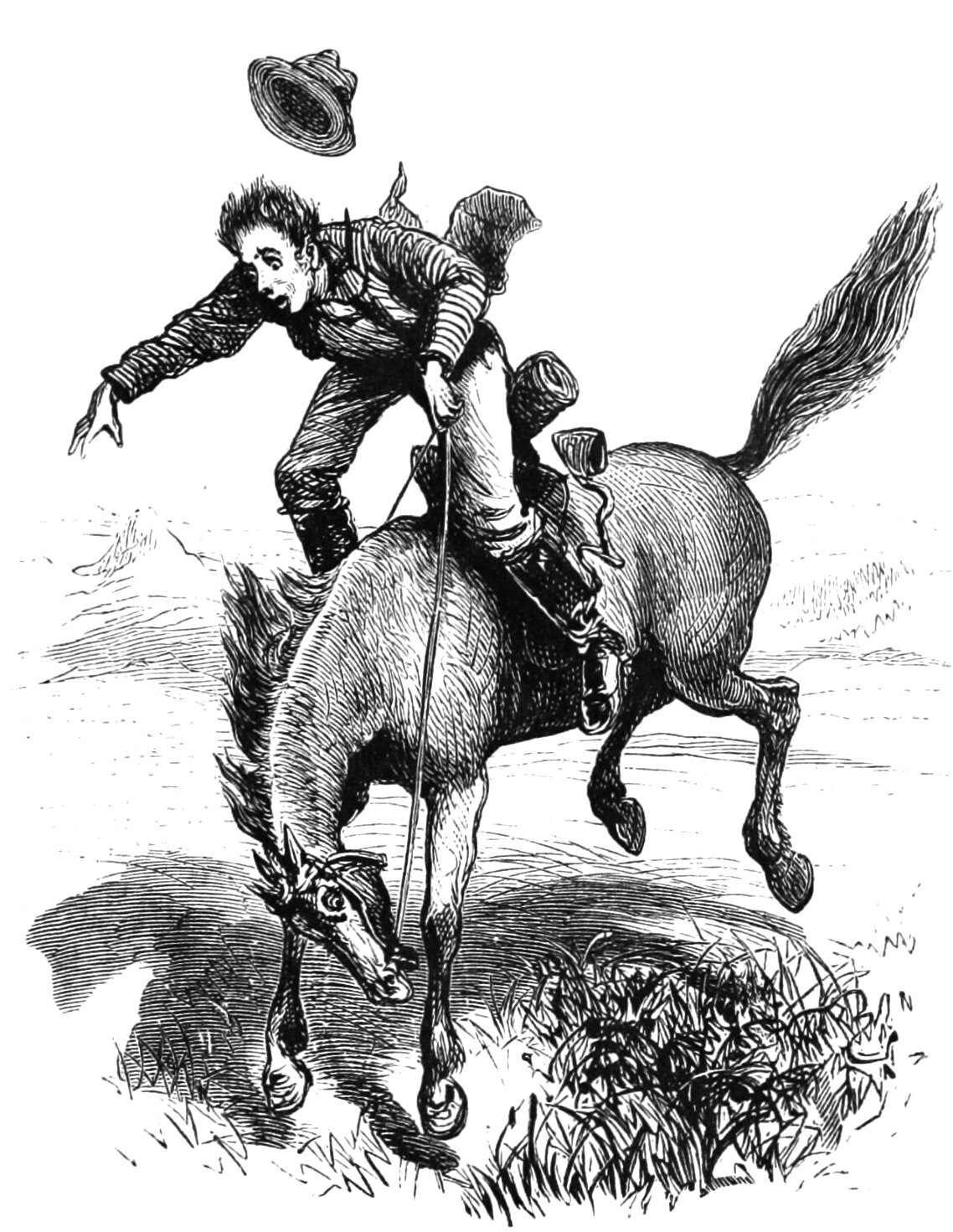Horseplay

Do your characters fail their ride checks? Here are some of the injuries they might sustain.
Dr. Eric Lis is a physician, gamer, and author of the Skirmisher Publishing LLC sourcebook, Insults & Injuries.
Do your characters fail their ride checks? Here are some of the injuries they might sustain.
Horses have been an essential part of human culture for about as long as history has existed, and not coincidentally, so have horse-related injuries. If we want to be able to imagine some of the ways people get themselves hurt by horses in fantasy, we can start by looking at how people get hurt by horses today, which is actually moderately common considering how many things in our lives are no longer done by horses.
There’s a wide variety of ways in which a humanoid can be harmed by a horse. Although generally portrayed as obedient, docile and intelligent in fantasy, horses can be as chaotic and unpredictable as any other living creatures. They have a variety of natural attacks at their disposal, including biting, crushing, kicking, and trampling. Of equal importance is the human; as with every sphere of human life, stupidity plays a role in injury, and a fair-sized body of work over the years has clearly shown that the people who claim to have the greatest mastery of horses tend to be those who are hurt the most. Granted, someone is obviously more likely to be harmed by a horse if they spend a lot of time around many of them, but even taking this into account, it’s more likely arrogance and unrealistically inflated impressions of one’s own skill which more likely sets up these injuries.
Each year in the United States, nearly eighty thousand emergency visits are for horse-related injuries. This presumably underestimates the actual number of injuries, since it doesn’t include unreported injuries and probably doesn’t include all fatalities. It’s estimated that for every 350 hours of horseback riding – i.e., one person for 350 hours, or 350 people for one hour, or anything in between – there will be one significant injury. Fortunately, only about one in every ten thousand of these injuries will be fatal. This isn’t wholly attributable to the fact that we s a population are no longer as skilled with horses as we once were, since most injuries happen to people who work with them and thus have experience and training. In a medieval setting, therefore, where countless people are constantly around horses, the potential for injury is immense.
In one recent study, about 85% of injuries were sustained while the horse was being used recreationally (as opposed to for something work-related), and more than half were from people falling off. One third of people broke a limb, and one quarter had an important head injury. People injured while not riding usually sustained facial or abdominal injuries from being kicked. Broken limbs have obvious consequences. Abdominal injuries can lead to damage to internal organs, especially damage to the spleen or liver. Facial injuries obviously have a risk of disfigurement in addition to risk of concussion and brain injury. Injuries to the spinal cord are fortunately fairly rare, and the injuries are usually lower in the cord, meaning a lower risk of quadriplegia or total paralysis. What all of this tells us is that there are probably very different patterns of injuries sustained by riders versus people who handle horses for riders (vets, farriers, hostlers, stable boys and so on).
Protective gear can significantly reduce injury. Helmets are thought to prevent about 40% of head injuries from falls; I tried to look up whether medieval armour helmets would be as protective as modern ones, which are engineered entirely differently, and couldn’t find a clear answer. Padded and protective vests can be useful for people who handle horses but such armour is unlikely to protect the face.
It’s worth considering that horses might be a significant health hazard in medieval society. Horses can be dangerous outside of the cliché carriage-runs-over-an-orphan-in-the-street scenario. Even experienced riders and handlers can get into big trouble with an unruly horse, and even a normally calm horse can become unpredictable if spooked or threatened. Horse injuries may or may not be an issue for player characters, but if they are, consider that lower level characters are the ones most likely to be seriously harmed, both because they’re less durable than higher level characters but more simply because higher level characters are more likely to be riding safer magical mounts, if not flying under their own power or something.
So, in summary: horses are yet another thing that an enterprising storyteller can use to scare the hell out of their players.




